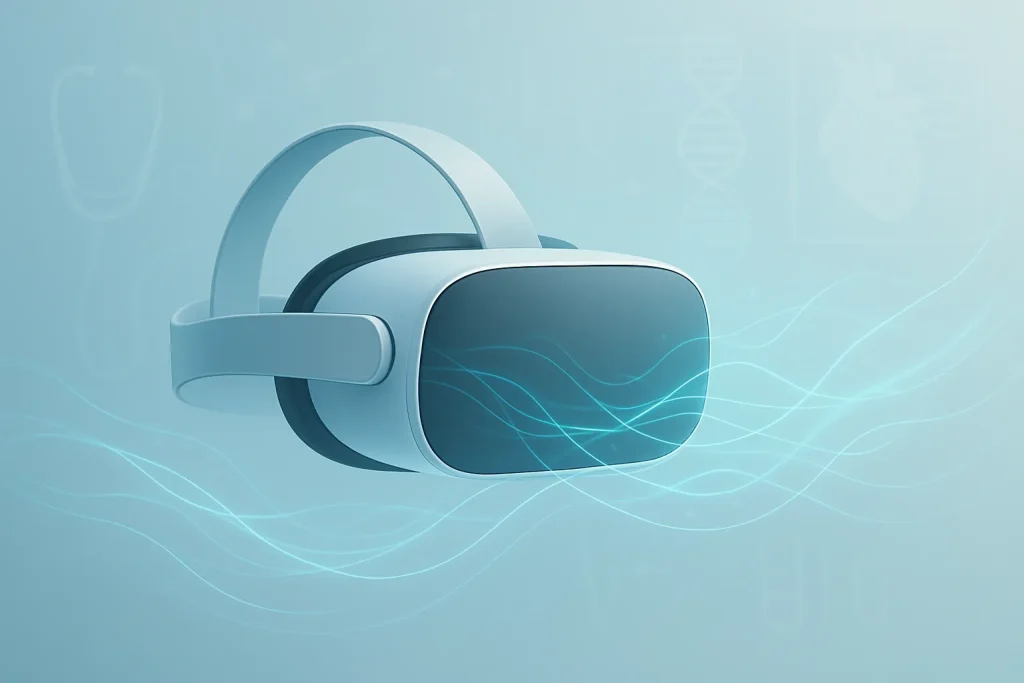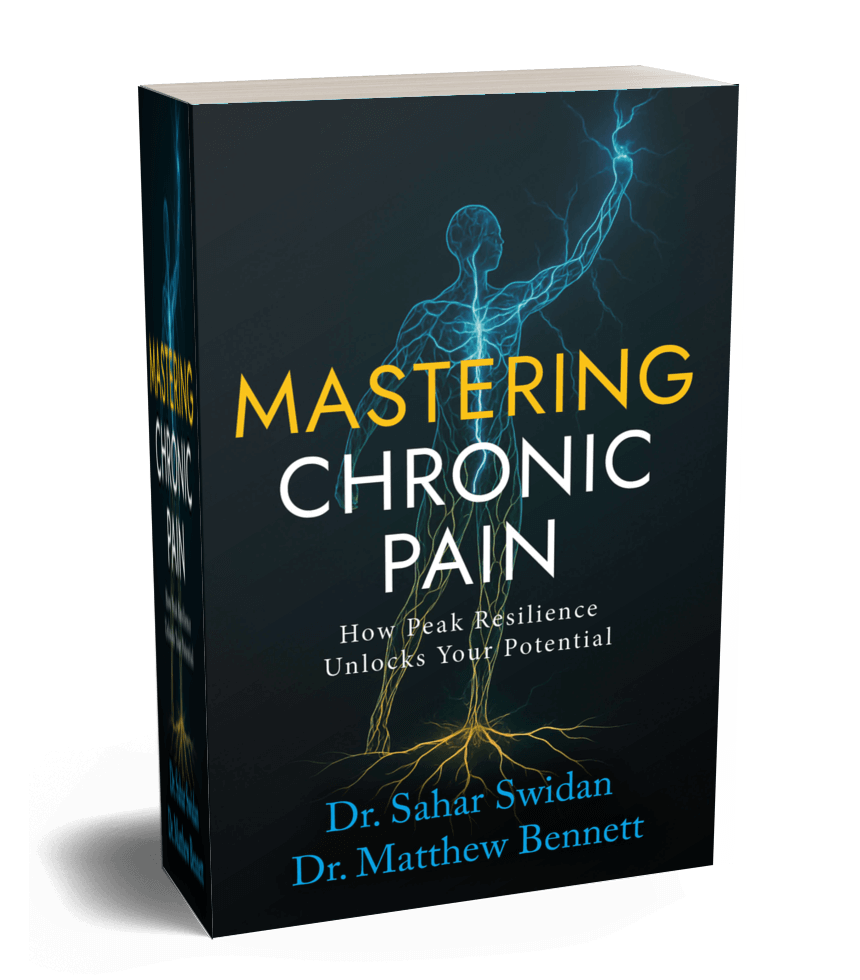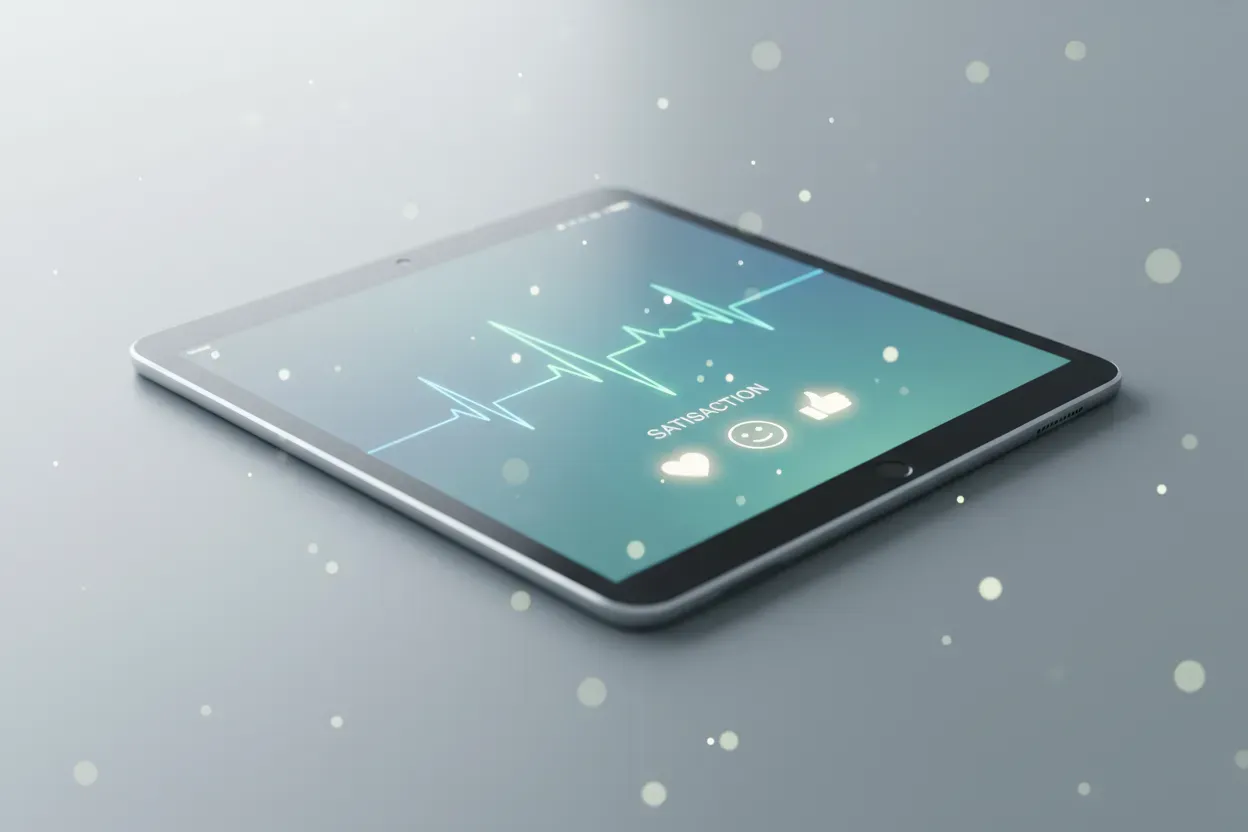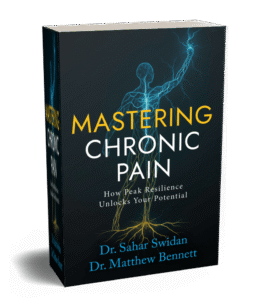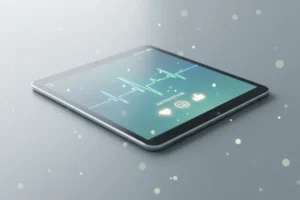Virtual reality is transforming healthcare with innovative applications across various medical fields. This article explores groundbreaking uses of VR technology in patient education, surgical training, and treatment strategies. Drawing on insights from industry experts, we’ll examine how these advancements are improving patient outcomes and revolutionizing medical practices.
- VR Enhances Patient Education for Complex Conditions
- Virtual Reality Revolutionizes Surgical Training
- Visualizing Orthodontics Improves Patient Understanding
- 3D Organ Models Boost Medication Adherence
- VR Simulations Create Safe Learning Environment
- Immersive Stroke Therapy Accelerates Recovery
VR Enhances Patient Education for Complex Conditions
One innovative way I’ve used virtual reality (VR) in healthcare is to enhance patient understanding of root-cause health issues — especially for complex conditions like Type 2 diabetes. By incorporating VR into patient education modules, I’m able to walk patients through interactive simulations of what’s happening inside their bodies — such as insulin resistance, inflammation, and gut dysfunction — in a way that static images or lectures just can’t match.
This approach has dramatically changed how I teach. Patients retain more information, feel more empowered, and are more likely to follow through with personalized protocols. It bridges the gap between clinical data and real-life understanding. In medical education, using VR to demonstrate functional systems like the HPA axis or detox pathways helps both patients and practitioners shift their mindset from symptom suppression to true root-cause healing.
 Dr. Jonathan Spages
Dr. Jonathan Spages
Doctor, Author, Advanced Natural Health Center
Virtual Reality Revolutionizes Surgical Training
When I was in my surgery program about 15 years ago, I traveled to the USA for a hands-on course where I had the opportunity to use virtual reality for the first time. This was a model where you could perform a surgical procedure (laparoscopic cholecystectomy), and the model would start to bleed and present some of the common issues we face in that kind of procedure. I found it amazing, and when I graduated and began as a postgraduate professor, I was certain that I wanted to implement that.
Right now, I coordinate the breast surgery fellowship in my country, and I use many virtual reality tools: models of surgical procedures — like the one I used 15 years ago — and models for interacting with virtual patients, which I find fascinating because it prepares my students for the real-life experience without the shame and fear of not knowing what to say.
It has definitely changed my way of teaching, especially these clinical skills. Students can be academically bright, but the issue in this profession comes when we have to face the patient and their family, tell them about a cancer diagnosis, or explain a surgical procedure. VR is a magnificent tool for teaching this kind of skill.
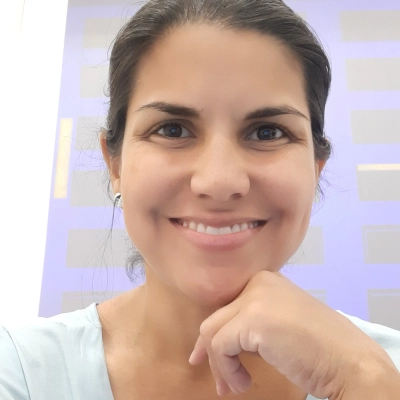 Maybell Nieves
Maybell Nieves
Surgical Oncologist, AlynMD
Visualizing Orthodontics Improves Patient Understanding
While I don’t currently use virtual reality (VR) in my clinic, I’ve explored it through workshops and peer discussions — and it has completely changed how I think about patient education in orthodontics. One standout example was a VR demo where patients could walk through a virtual mouth, seeing misalignments and how different appliances work in real time.
That experience made me realize how powerful visual learning can be, especially for younger patients. It inspired me to rethink my own approach — I now use more visuals, 3D models, and simple animations during consultations. It helps patients truly understand what’s happening with their teeth and why treatment matters.
Even without full VR, this shift has made patients more confident and cooperative, which ultimately improves outcomes. VR opened my eyes to how much clarity we can bring just by changing how we communicate.
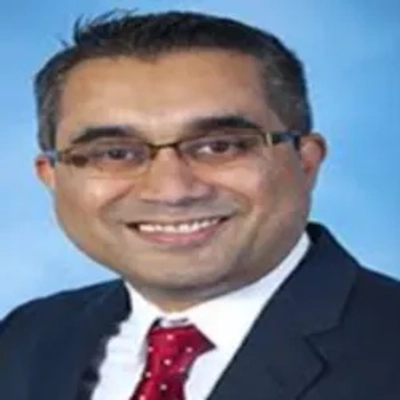 Satish Pai
Satish Pai
Orthodontist, Brite Orthodontics
3D Organ Models Boost Medication Adherence
I first discovered VR a decade ago in medical school anatomy, when stepping “inside” helped me memorize vessels and muscles. I’ve kept the headset in my clinical toolkit ever since. Today, I load a 3-D model of whatever organ is giving a patient trouble — pancreas for new-onset diabetes, prostate for BPH — and let them tour it with me. Seeing the anatomy expand, inflame, or obstruct in real scale turns abstract lab values into something tangible, and follow-up data show a clear payoff: patients who take the two-minute VR walkthrough hit medication-adherence and lifestyle targets sooner than those who just hear the usual verbal spiel. VR started as my study hack; it’s now one of the ways to turn complex physiology into “aha” moments that stick with patients.
 Julio Baute
Julio Baute
Medical Doctor, Invigor Medical
VR Simulations Create Safe Learning Environment
One innovative way I’ve used virtual reality in medical education was through interactive patient simulations. Instead of just reading case studies or watching videos, students were placed in immersive VR scenarios where they had to assess virtual patients, make clinical decisions, and see the outcomes play out. It created a safe space for them to practice critical thinking and decision-making in high-pressure situations — something that’s hard to replicate in a classroom.
This completely changed how I think about teaching. It shifted the focus from passive learning to real-time, hands-on experience. The students were not only more engaged, but they also developed more confidence in handling complex cases. For me, it made the entire learning process feel more connected to real-world patient care. It’s one thing to know the steps in theory — but VR helped bridge that gap between knowledge and action.
 Rohan Desai
Rohan Desai
Bi Developer, R1 RCM Inc
Immersive Stroke Therapy Accelerates Recovery
Using virtual reality for stroke neurorehabilitation has enabled immersive simulations to engage neural pathways and transformed therapy from repetitive drills to adaptive and experience-driven sessions. This approach tends to boost motivation and accelerate recovery through better tailoring of challenges for individual progress, making it more effective and personalized than traditional means.
 Dr. Gregory Gasic
Dr. Gregory Gasic
Neuroscientist | Scientific Consultant in Physics & Theoretical Biology | Author & Co-Founder, VMeDx

